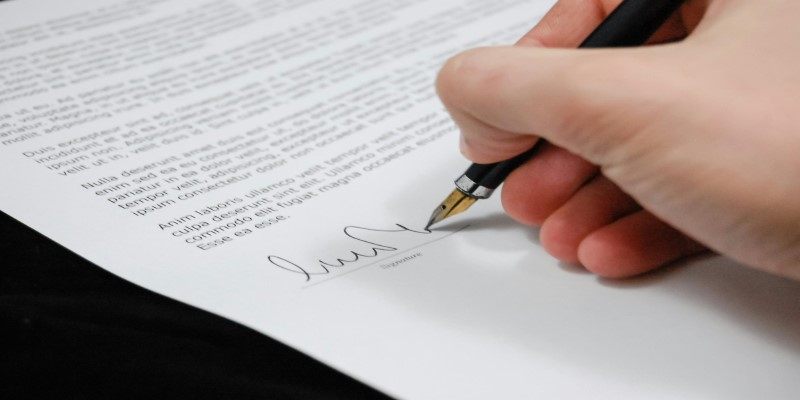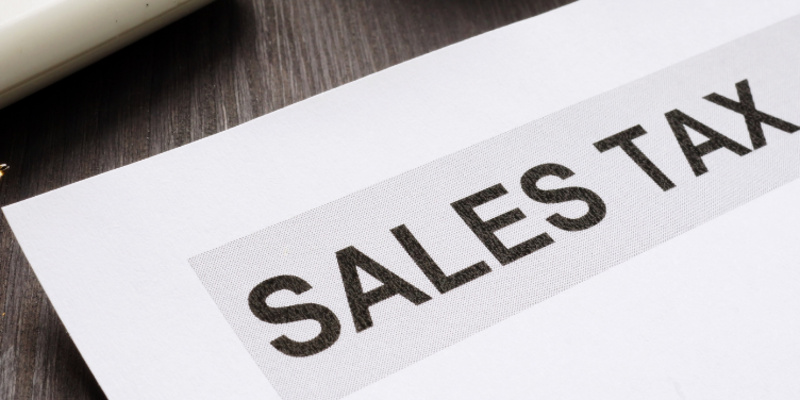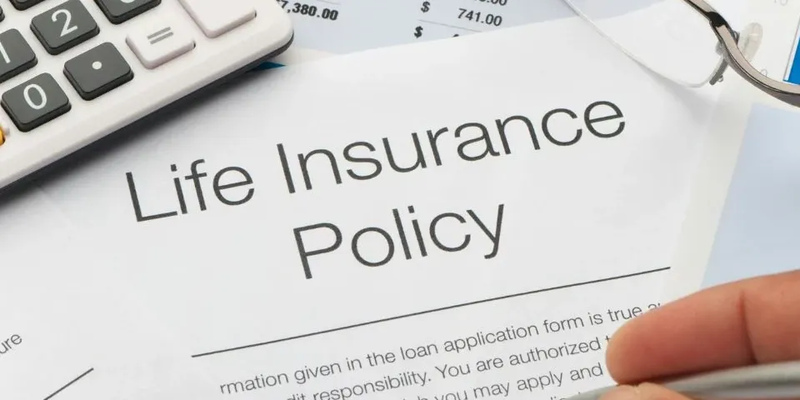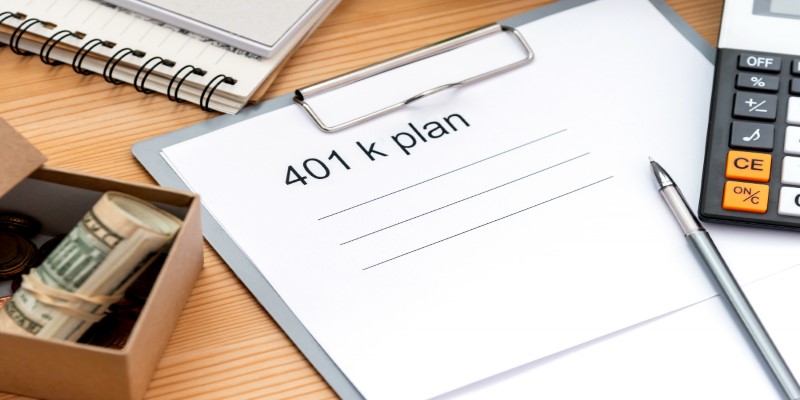Understanding Credit Card Purchase Protection: Everything You Need to Know
In our fast-paced world, credit cards have become an essential tool for making purchases, from everyday items to big-ticket products. But what happens when something goes wrong with those purchases?
Enter credit card purchase protectiona feature many cardholders might not even know they have. In this article, we'll dive into what credit card purchase protection is, how it works, and why it's beneficial for you.
What Is Credit Card Purchase Protection?
Credit card purchase protection is a type of insurance provided by many credit card issuers. This feature protects your new purchases against damage, theft, or loss for a specific period, usually ranging from 90 to 120 days after the purchase date. Think of it as an added layer of security that kicks in when something goes wrong with an item you've bought with your credit card.
How Does Credit Card Purchase Protection Work?
When you buy an item using your credit card, and it gets damaged, stolen, or lost within the protection period, you can file a claim with your credit card company. The process generally involves:
Reporting the Incident: Notify your credit card issuer as soon as you discover the problem. Most companies require you to report within a certain time frame, often within 30 days of the incident.
Filing a Claim: Fill out the necessary forms provided by your credit card issuer and submit all required documentation.
Receiving Reimbursement: If your claim is approved, you'll receive reimbursement for the purchase's repair, replacement, or refund up to a certain limit. This limit varies by card and issuer.
What Does Credit Card Purchase Protection Cover and What Is Not?
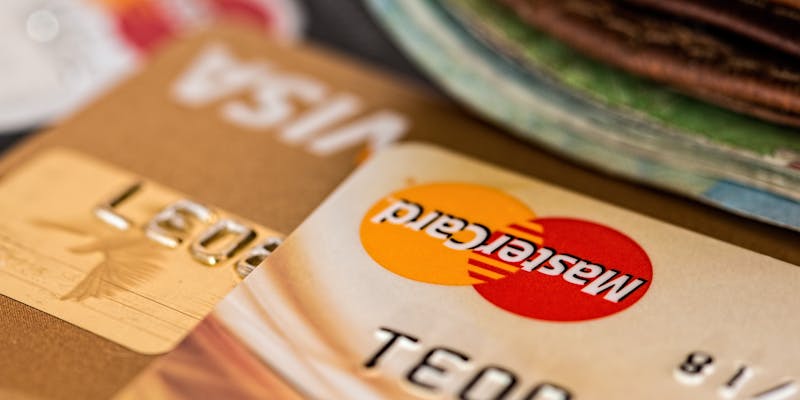
While the specifics can vary depending on your credit card issuer, purchase protection typically covers:
Accidental Damage: If you accidentally drop and break an item, like a smartphone or a laptop, purchase protection can help cover the repair or replacement costs.
Theft: If someone steals your newly purchased item, the protection plan may reimburse you for the cost of replacing it.
Loss: Some credit card purchase protection plans also cover items that are lost, though this can vary widely between issuers.
What Is Not Covered?
There are some exceptions to what credit card purchase protection will cover. Common exclusions include:
Used or Pre-owned Items: Purchase protection usually applies only to new items.
Items Damaged by Natural Disasters: Damage caused by events like earthquakes or floods might not be covered.
Motor Vehicles: Cars, motorcycles, and other motor vehicles are typically excluded.
Perishables: Items like food and plants are often not covered.
Theft from Vehicles: If an item is stolen from a vehicle, it might not be covered unless specific conditions are met.
Benefits of Credit Card Purchase Protection
Credit card purchase protection offers several key benefits:
Peace of Mind: Knowing that your purchases are protected can give you confidence, especially when buying expensive items.
Financial Security: You won't be left out of pocket if something happens to a new purchase.
Convenience: Handling disputes with retailers can be frustrating and time-consuming. Purchase protection can streamline the process, allowing you to deal directly with your credit card issuer.
How to Maximize the Benefits of Credit Card Purchase Protection
To make the most of your credit card purchase protection, follow these tips:
Understand Your Coverage: Read the terms and conditions of your credit card's purchase protection plan. Each card issuer has different rules and limits.
Keep Receipts: Always keep your receipts and any documentation related to your purchases. This will make it easier to file a claim if needed.
Act Quickly: Report any damage, theft, or loss as soon as possible. Delays can complicate the claims process.
Document Everything: Take photos of damaged items and secure any police reports if theft occurs. The more documentation you have, the smoother the claims process will be.
How to File a Claim?
Filing a claim for credit card purchase protection involves several steps:

Contact Your Card Issuer
Call the customer service number on the back of your credit card to report the incident.
Initial Call: As soon as you realize that your purchased item is damaged, stolen, or lost, call the customer service number on the back of your credit card. Inform them of the incident and your intention to file a claim.
Verification: Be prepared to verify your identity and account details. The representative will ask for information like your name, address, and credit card number.
Incident Details: Provide a detailed account of the incident. Explain what happened, when it happened, and any relevant circumstances. The representative may give you specific instructions or a reference number for your claim.
Gather Documentation
Collect all necessary documents, including your receipt, photos of the damage, and any other relevant evidence.
Complete Forms
Fill out any forms provided by your credit card issuer.
Submit Your Claim
Send in the forms and documentation according to your card issuer's instructions.
Follow Up
Keep track of your claim status and provide any additional information if requested.
The Bottom Line!
Credit card purchase protection is a valuable feature that can save you money and provide peace of mind when making new purchases. By understanding how it works, what it covers, and how to file a claim, you can make the most of this benefit. So next time you're making a purchase with your credit card, remember that you might have a safety net in place, ready to help if things go wrong.
Credit card purchase protection is a form of insurance that shields your new purchases from unexpected damage, theft, or loss. It offers several benefits, including financial security and convenience. By being informed and proactive, you can maximize these benefits and enjoy greater confidence in your purchasing decisions.

